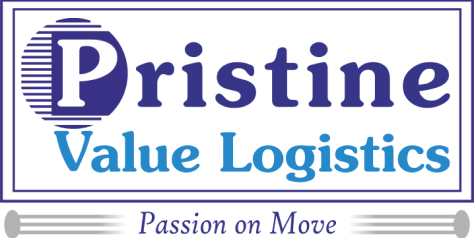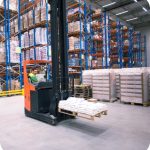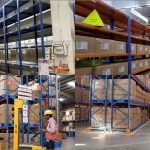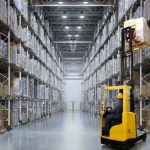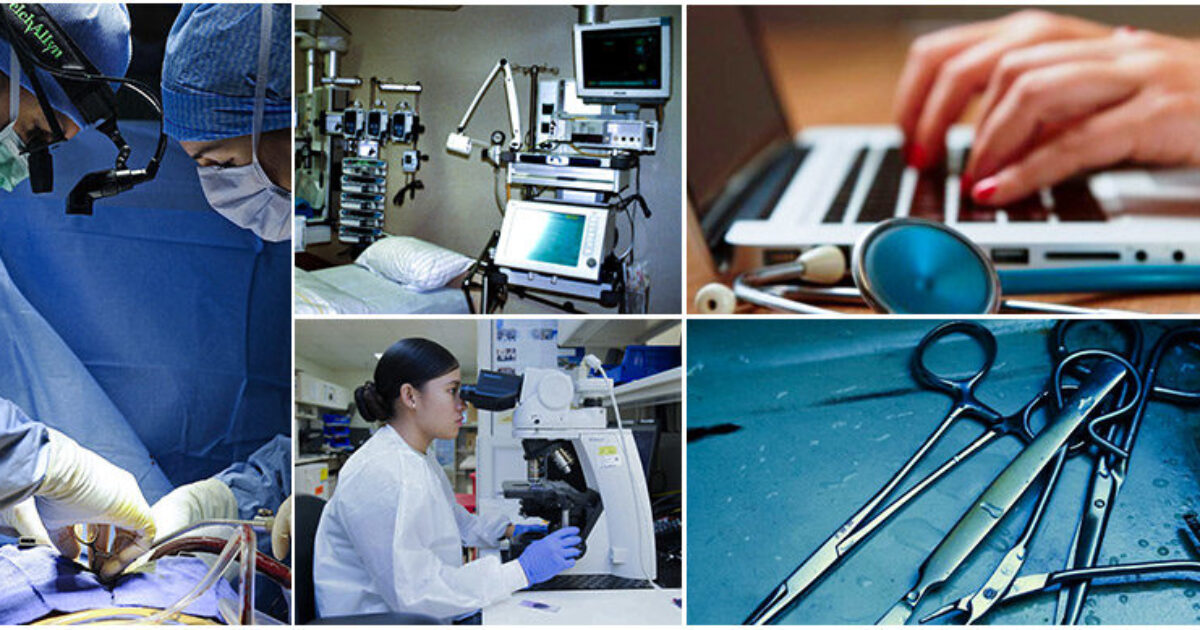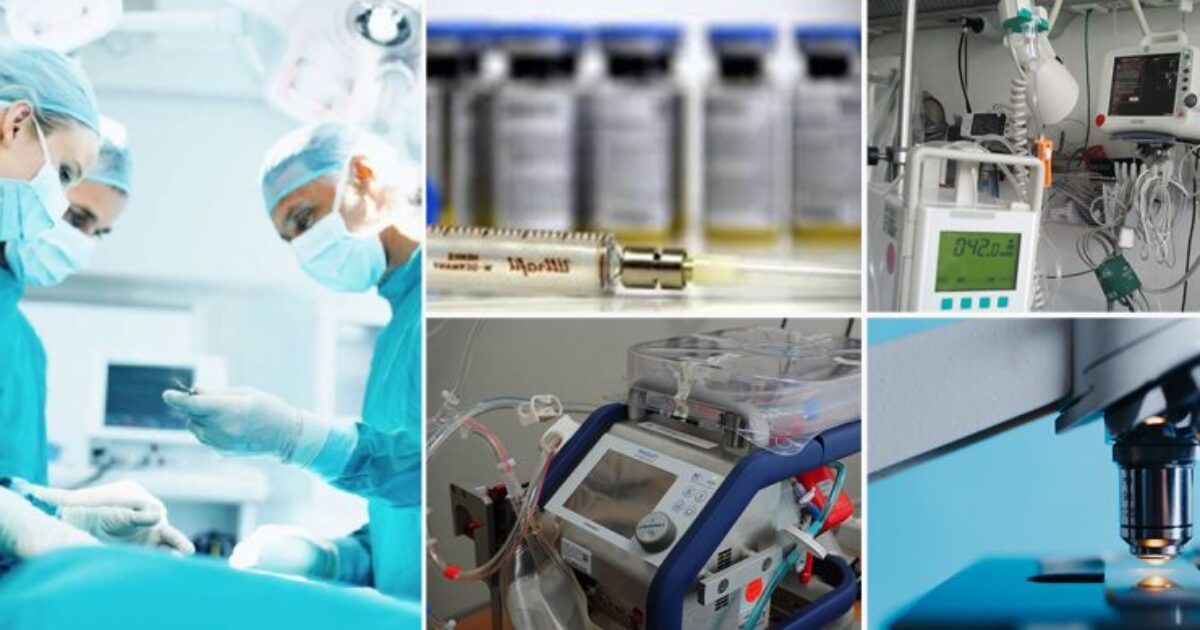The pharmaceutical industry has become more competitive in the last decade than it has ever been in its history. In a bid to improve efficiency in this competitive scenario, some pharmaceutical companies have taken up several new initiatives. These initiatives have led them to spend more on packaging and decrease the shipment sizes to improve the supply chain transparency. While the changes that have been implemented could certainly help alleviate some risks, they don’t seem to isolate the root cause of the issues. These include the issues arising during transportation, like potentially compromised packages or damaged goods. The only real solution that could help with these issues is supply chain monitoring.
SUPPLY CHAIN MONITORING
The market is filled with a plethora of monitors to meet a company’s supply chain needs. Be it for monitoring impact, studying vibration patterns during traversal, or temperature changes, companies now have several options to choose from and implement in their supply chains. That being said, there isn’t a one-size-fits-all solution and companies also have to be careful about over-investing in technology. So how does a company go about deciding which monitoring technology to implement? The first few questions that potential users have before making their decision could be:
– How do I know what I need to monitor?
– Can I implement multiple monitors?
– How can these monitors help me improve my supply chain?
Luckily for the companies, there are a few steps that can be taken to ensure they have implemented the right kind of monitoring device.
ZEROING-IN ON THE BEST DEVICE
When choosing the right monitoring device to implement, it would be unwise to wait for a problem to occur. End-users should consider factors such as implementation ease, quality of data and ease of interpretation, resources involved in re-shipping products and common issues that occur for products in the industry. For instance, monitoring the temperature would be an obvious choice in the case of medication that requires a certain temperature range for its storage.
Indicators vs recorders
Implementation ease and data interpretation go hand-in-hand when consideration is being made for the type of monitor to implement. It is important to know what distinguishes indicators and recorders in supply chain monitoring. Indicators are nothing but single-use devices which provide simple answers having singular directives, but recorders, on the other hand, provide detailed analytics and detailed data points. Both devices have their own advantages and drawbacks, depending on the situation. Indicators are simple yes or no devices that help customers quickly segregate products based on requirements. These are cost-effective and can be used to monitor individual boxes. However, they do not provide a comprehensive account of the journey.
If any of the products are compromised and need to be evaluated, recorders provide a complete history of the occurrences. For example, users can monitor how often or how long a certain threshold was crossed rather than just be notified that it was crossed. However, they are expensive and interpreting data requires more than a glance.
Monitoring the impact during traversal
Before taking a look at which monitors to buy, it is imperative for consumers to consider the known risks that are present in their supply chains. It would be justified to invest in monitoring technologies if the shipment is cold-chain related or fragile. Purchasing a product that suits the needs best is always the right choice. This can be achieved by a comprehensive understanding of the physical and environmental conditions that the products may be exposed to during traversal.
Real-time updates
One important factor to supply chain efficiency is the response time. Real-time updates are considered to be the best option in most cases since they allow immediate decisions to be made when conditions are not favourable. With the advent of the Internet of things, real-time monitoring systems are becoming standard processes.
ZEROING-IN ON THE BEST DEVICE
Once the basic decisions have been made to make the selections, potentials users can choose the best implementation plan. Recorders could be used during transport to measure the important data points to ensure the integrity of the products is intact. Once the green light is received for last mile delivery, indicators could be used to ensure fast segregation and storage before sale.
The final stage is to understand is how to interpret the data that the devices generate. This is applicable not only to situations where damage occurs but also to situations where nothing out of the ordinary takes place. The data from these devices could also help companies determine which logistical part
ners, routes or warehouses perform better than others.
Choosing the right kind of device to implement takes time and patience. But the effort is sure to pay off. The data that monitoring provides, especially in real time, enables companies to control spends, optimize operations and improve overall efficiency.
